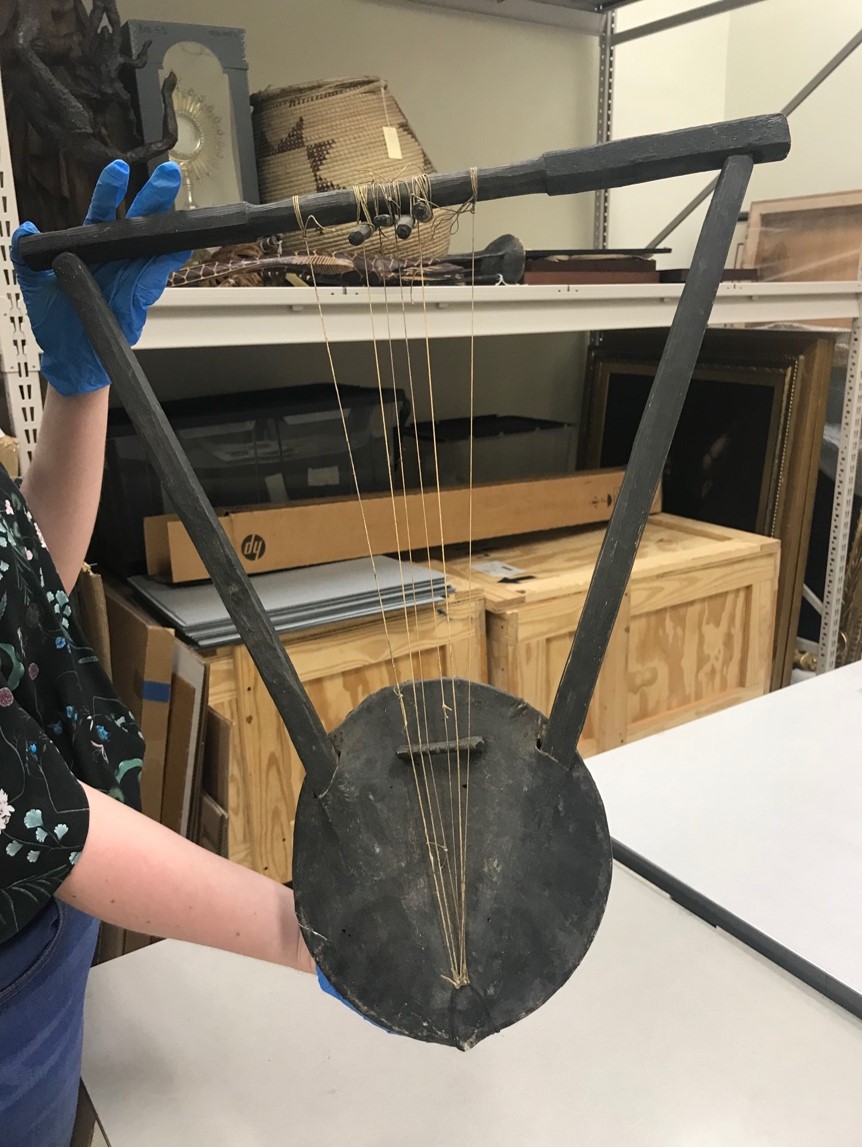Research on an object from the UWM Art Collection at the the Emile H. Mathis gallery by Mirel Crumb.
I had the wonderful opportunity to be able to learn more about an object in the UWM Art Collection at the Emile H. Mathis gallery collection. Researching objects in an archive can be very surprising and rewarding, and it is important work for cultivating the integrity and usability of a museum or gallery collection. The objects in a collection often donated or acquired from multiple sources over the years, so archival workers are likely to encounter works that have very little information in their acquisition records. Research is an important way to validate works that have previously been ignored or misunderstood. In the collection is an Ethiopian instrument from the 19th century. Its Object ID is 1988.165.18, its lexicon sub-category is Musical T&E, the object name is “String, Instrument” and the title is “Masinka.” The artist is unknown, the medium is assembled goat skin, sinew, and wood, and it is 24 inches tall. This piece was a gift from Quentin and Emmy Lou Schenk. Quentin F. Schenk worked at the UW-Milwaukee School of Social Work and has published multiple articles about social programs in Ethiopia.
Since there is very little information on this object, my research focused on understanding what type of musical instrument this is, a little bit about its history and use, and the construction and decoration of the piece itself. I found that this instrument is called a “krar” or “kirar.” A krar is defined by its bowl-shaped soundbox and the lyre/harp structure with two arms meeting a crossbar where the strings are attached and tightened. The soundbox of the instrument is often a wooden carved bowl. In some rare cases, these instruments were made from human skulls, a construction that is thought to be created for 19th century European tourists seeking exotic souvenirs.
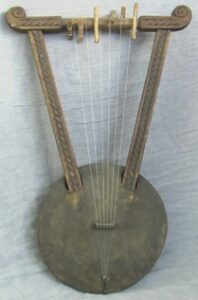
Figure 2. “krar” Grinnell College Musical Instrument Collection, Grinnell College, gallery #1
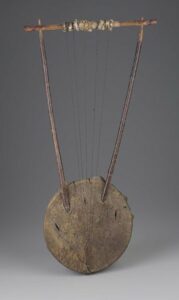
Figure 3. “Lyre (krar)” Collections, Museum of Fine Arts Boston, preview
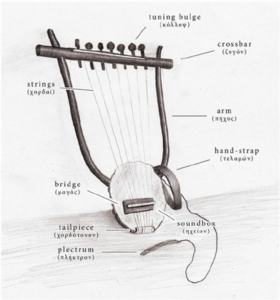
Figure 4. Journal of New Music Research, An artistic view of the initial sketch of the lyre, in which the digital designs where based
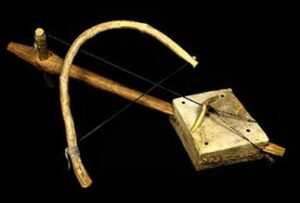
Figure 5. Museum of Natural and Cultural History, Catalog #10-878 Musical Instrument: Masenqo
The instrument in the collection is likely an Ethiopian krar rather than an Eritrean krar because of the bowl-shaped soundbox, Eritrean krars tend to have a square-shaped or trapezoidal soundbox. The title “Masinka,” is perhaps an Americanized spelling of the name for a different Ethiopian instrument, the “masenqo” The masenqo has a diamond-shaped base, a single string, and is played with a bow. Another instrument similar to the krar is the “begena.” While the krar can easily be held while played, a begena is much larger and has ten strings. Interestingly, the begena is known as the “David Harp” and is said to be the lyre that the biblical figure King David was given by God. This same story dubs the krar “the devil’s instrument” because it is seen as a lesser imitation of the begena. The begena is considered a sacred instrument, but because the krar is smaller and has only six strings, it is considered profane. A lesser copy in ancient and medieval Christianity is commonly seen as deceitful. While the begena produces a unique buzzing tone due to its construction, the krar sounds closer to lower-resonance banjo.
Contemporary krars often have a metal bowl soundbox and can be electrically amplified. The krar is very popular and its relatively simple construction makes it very accessible. The Mathis Gallery’s krar is made of three pieces of wood that have been shaped into rounded poles, a thick wooden bowl with intricate “wood-chipped” carvings on the base and sides, and a piece of goatskin stretched over the soundbox. The goatskin is secured by a cinched leather strapping, the strings are secured to the base with a piece of metal and to the crossbar with wood and leather tuning circles. Another element of the design that immediately stands out is that the whole instrument was painted black after assembly. This appears to be a common practice for this instrument, although the color varies. I found one example of the instrument being painted all grey, and a few other examples where the wood was stained to match the natural color of the leather stretched over the soundbox.
While I was only able to find a few other examples of this instrument available online through other museum collections, many other examples had much more intricate carving on the arms and crossbar and appeared to be made of hardwood. The Mathis Gallery’s krar appears to be assembled rather quickly and made from a soft wood like pine. In many cases the gut strings used for the instrument could be treated in a home kitchen, and it is very possible that these were made by a family for use within the home. There are also many “DIY” videos for how to make your own krar at home. Another theory that could explain the signs of quick assembly and non-precious materials, is that this krar was created for export. The tightening of the goat-skin drum is imperfect, and the black paint was not carefully applied to the entire surface. There are gaps where the raw wood is exposed near the joints of the wood and just under the lip of the drum. If this was meant to be sold to tourists, it makes sense that less time would be spent on the construction of each krar.
While more research needs to be done to confirm the story of this particular instrument, this type of object appears to be rare in American and European collections. There seems to be little scholarship about non-religious Ethiopian Art, sometimes called Ethiopian Folk Art. The most detailed academic description of the krar that I could find is dated to 1977, and the only examples of similar patterns of wood carving I could find were available commercially as antiques online. This object is extremely valuable to the collection as it could add to a field of scholarship that is currently sparse.
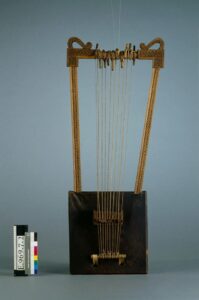
Figure 6. “Lyre ‘beganna’,” MIMO, Cité de la Musique Philharmonie de Paris
References
“Ethiopian Collection,” Museum of Natural and Cultural History, Accessed October 11, 2021, https://mnch.uoregon.edu/collections-galleries/ethiopian-collection
Kebede, Ashenafi. “The Bowl-Lyre of Northeast Africa. Krar: The Devil’s Instrument.” Ethnomusicology 21, no. 3 (1977): 379 95. https://doi.org/10.2307/850725.
Kotsakis, Koumartzis, Kyratsis, and Tzetzis, “A New Music Instrument from Ancient Times: Modern Reconstruction of the Greek Lyre of Hermes using 3D Laser Scanning, Advanced Computer Aided Design and Audio Analysis,” Journal of New Music Research 44, (2015): 324-346, doi: 10.1080/09298215.2015.1106563
“Lyre ‘beganna’,” Cité de la Musique Philharmonie de Paris, MIMO (Musical Instrument Museum Online), Accessed October 5, 2021, https://mimo-international.com/MIMO/detailstatic.aspxRSC_BASE=IFD&RSC_DOCID=OAI_CIMU_ALOES_0162151&TITLE=&_lg=en-US.
“Lyre,” Collections, The Metropolitan Museum of Art, Accessed October 5, 2021, https://www.metmuseum.org/art/collection/search/503023searchField=All&sortBy=Relevance&ft=Ethiopi≈offset=0&rpp=20&pos=15.
“Lyre (krar)” Collections, Museum of Fine Arts Boston, Accessed October 8, 2021, https://collections.mfa.org/objects/50303.
“Object Record,” UWM Art Collection, University of Wisconsin-Milwaukee, Accessed September 29, 2021, https://uwmart.pastperfectonline.com/webobject/47E42ABF-E0AF-40AD-A128-767922423764.
Vetter, Roger, “krar” Grinnell College Musical Instrument Collection, Grinnell College, Accessed October 5, 2021, https://omeka-s.grinnell.edu/s/MusicalInstruments/item/3441.
“Vintage Ethiopian Village Wood Bowl,” Decorative Bowls, Chairish Inc., Accessed October 8, 2021, https://www.chairish.com/product/2261411/vintage-ethiopian-village-wood-bowl.
